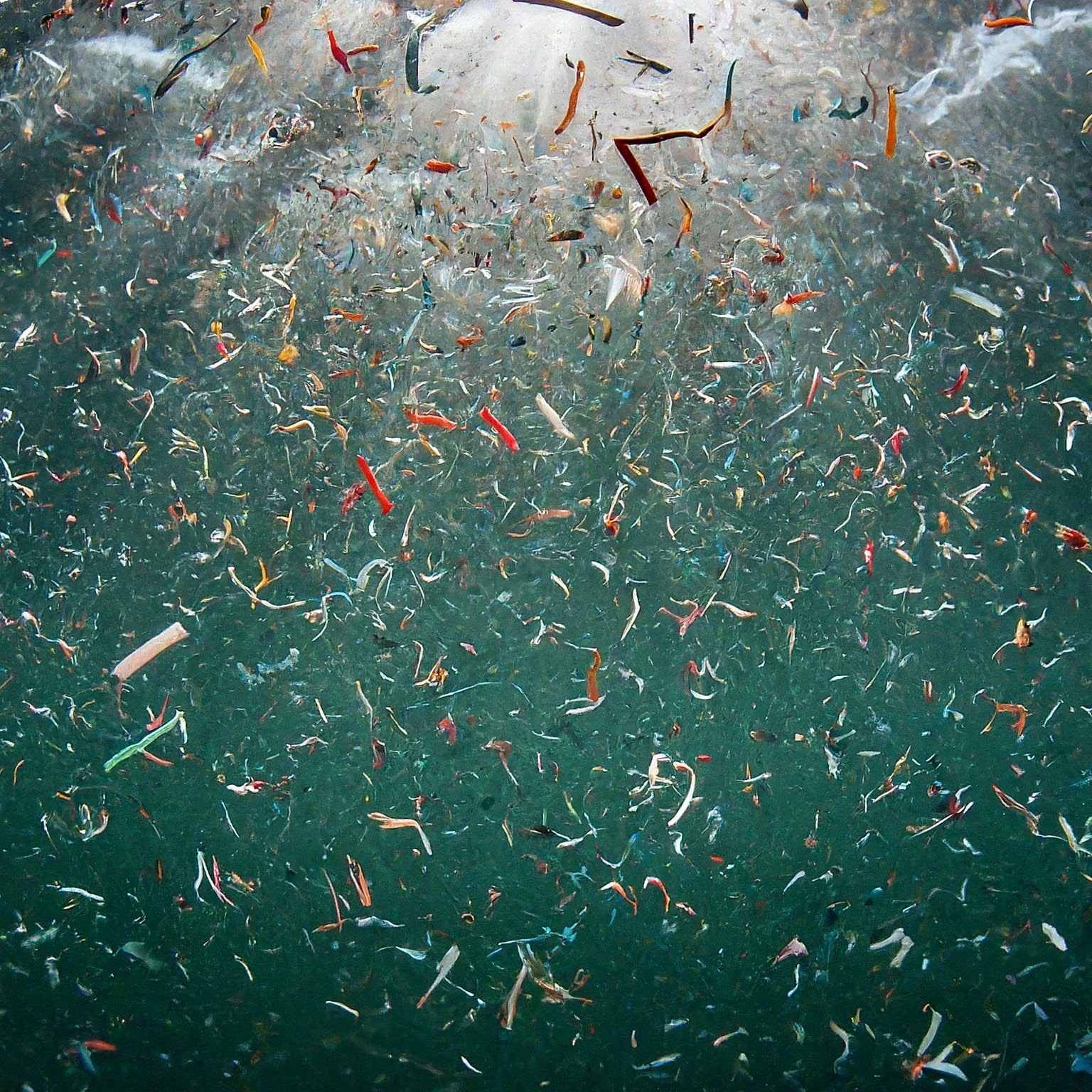(OPINION) We are literally killing ourselves and everything around us, and most people don’t even know that this is happening. But even if we could get everyone to understand the extinction-level threat that we are facing, would they change their behavior?
The plastic products that we are constantly discarding do not magically disappear. Instead, they break down into smaller and smaller pieces. Today, there are trillions upon trillions of incredibly small plastic particles known as “microplastics” that have literally saturated our entire environment.
You may not realize this, but microplastics now make up approximately 40 percent of the dust in our homes. Every time it rains, microplastics come pouring down from the sky, our soil is absolutely teeming with microplastics, the air that we breathe is filled with microplastics, and microplastics are in virtually everything that we eat and drink.
An article that was recently published by Yale University discussed how pervasive microplastics have now become…
Microplastics have been discovered nearly everywhere, from the bottom of the Mediterranean Sea to the clouds above Mount Fuji, as well as in the food we eat, water we drink, and air we breathe.
In people, microplastics have been found in lungs, placentas, testicles, and bone marrow, among other organs, as well as in blood, urine, semen, and breast milk. Scientists are still investigating the potential impact of microplastics, which have been shown to damage human cells.
No matter how hard you may try, it is impossible to escape microplastic pollution. It is literally everywhere. Unfortunately, scientists have discovered that microplastics tend to accumulate inside our bodies.
In fact, one study that was recently conducted in New Mexico found that microplastics are actually accumulating inside our brains…
A study, posted in May, looked at the increasing levels of micro and nano plastics (MNPs) in the environment and how they might affect our health.
Researchers examined these shard-like particles in human organs – specifically the liver, kidneys, and brain – using autopsy samples collected in Albuquerque, New Mexico, from 2016 to 2024. The brain tissue samples came from the frontal cortex, which is responsible for abstract thinking, creativity, and motor tasks.
If you feel like you can’t think as clearly as you should, this may be one reason for that. Sadly, this may also help to explain why our entire society is not thinking too clearly these days.
According to CNN, the scientists conducting this study found that brain samples from 2024 had concentrations of microplastics that were 50 percent higher than brain samples from 2016…
Human brain samples collected at autopsy in early 2024 contained more tiny shards of plastic than samples collected eight years prior, according to a preprint posted online in May. A preprint is a study which has not yet been peer-reviewed and published in a journal.
“The concentrations we saw in the brain tissue of normal individuals, who had an average age of around 45 or 50 years old, were 4,800 micrograms per gram, or 0.5% by weight,” said lead study author Matthew Campen, a regents’ professor of pharmaceutical sciences at the University of New Mexico in Albuquerque.
“Compared to autopsy brain samples from 2016, that’s about 50% higher,” Campen said. “That would mean that our brains today are 99.5% brain and the rest is plastic.”
Okay, let’s allow this to sink in for a moment. Right now, our brains are half a percent plastic. That is bad, but consider what will happen if the amount of plastic in our brains continues to rise at a rate of 50 percent every 8 years.
If that actually happens, 28 percent of our brains will be plastic 80 years from now and everyone will be dead. I did the math on this more than once just to make sure that I was correct. (CONTINUE)










